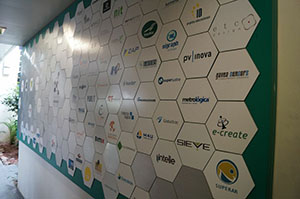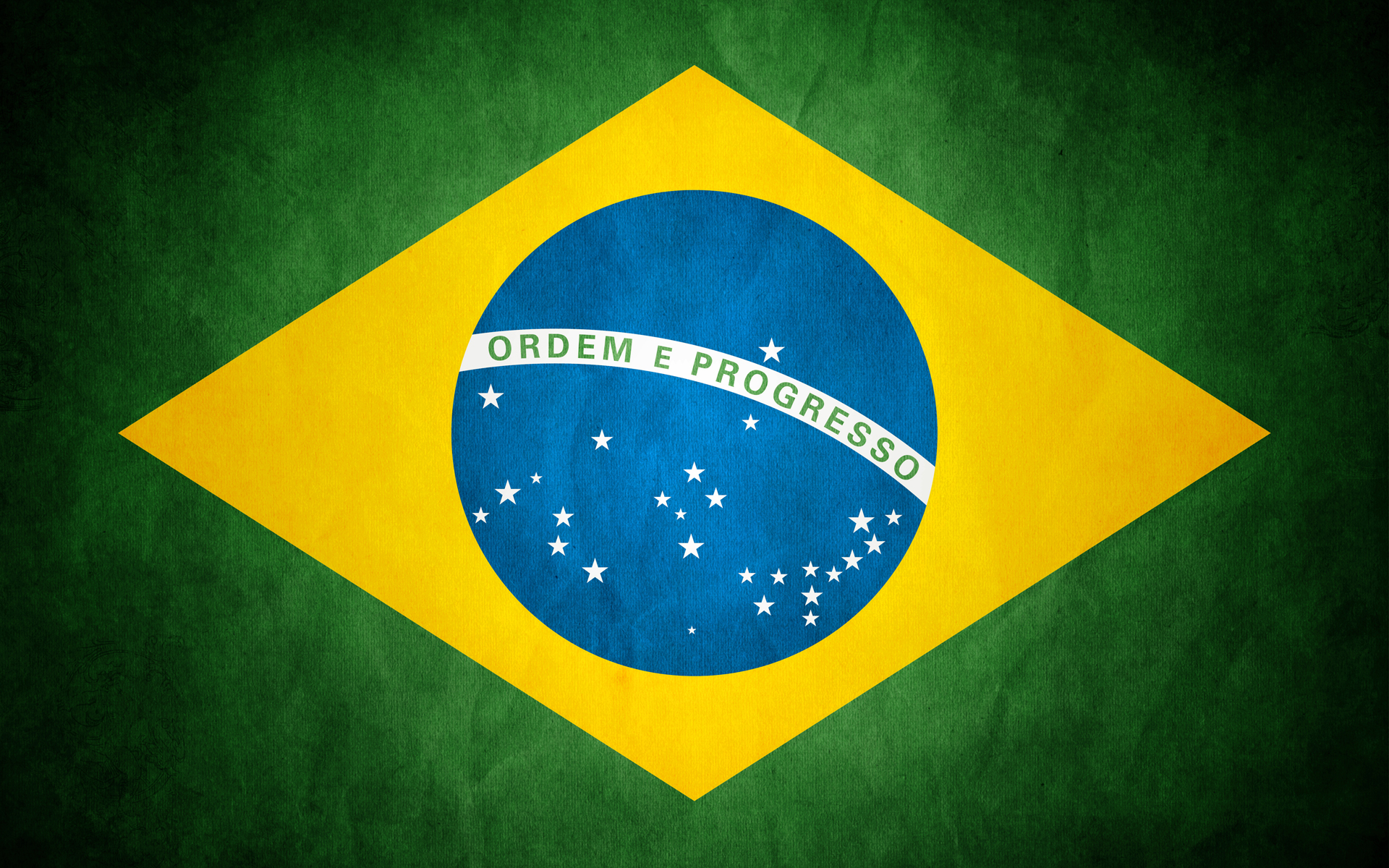Brazil
As the seventh largest economy to date with a GDP growth rate of 2.7% between 2010 and 2011, Brazil enjoys a status among its BRIC counterparts: Russia, India and China. Along with these countries, Brazil has been identified as a key growth engine in today's global economy. But while economic growth and competitiveness at the national level are high on Brazil's agenda, it is also important to note that 75% of people who live in urban areas contribute to 90% of Brazil's economy. The challenge therefore, is for Brazil's national and local governments to devise ways to promote city competitiveness in order to drive growth and create jobs. One way to achieve this, according to Michael Porter, author of "Clusters and Competition: New Agendas for Companies, Governments and Institutions" is through a cluster approach. Through the spillover effects of clusters – spread of knowledge and resources – companies can take advantage of the experiences of other clusters and use them as a benchmark for their own successes. Porter offers the cluster approach as a model for local governments and business firms for developing their own plans of action to foster innovation and competitiveness among clusters in Brazilian cities. Along with this, there are other factors such as business regulatory environment, infrastructure, natural endowments, and taxation policy that determine cluster competitiveness.
Position within Latin America
With a population of 194,946,470 million people and a per capita income of $ 9,390 per year, Brazil has the largest market in Latin America. It accounts for almost half of Latin America's total population and land mass, and three fifths its economy's industrial production. With a nominal GDP at around $ 2 trillion last reported in 2010 by World Bank, it represents around 43% of the region's GDP.
Natural Resources
Brazil controls a large share of the world's natural resources, providing the country with a competitive advantage in terms of natural products, agriculture, wood, livestock, and minerals. It is the world's largest producer of ethanol, coffee, beef, poultry, oranges, tobacco, cotton, and regional jets; second largest in soy beans and denim; third in world food exports and computers; fourth in commercial airplanes, auto parts, and pork; fifth in publicity and cellphones; and ranks sixth in the production of cosmetics, textile, and naval. It owns 22% of the world's farmable area, 33% of its forests, and 15% of its potable water.Salvador is a city that is fighting poverty and struggling to become more stable. We see the IT Cluster and many areas in the state of Bahia using natural resources to help promote a more stable economy, whereas Rio is a much more stable city. There are many poor parts as well, but the majority of the area is wealthy. Rio has more money to extract and use natural resources compared to Salvador.
Contribution of Bahia and Rio de Janeiro to the Brazilian GDP
Bahia has a current population of 14 million, a state GDP of $ 66.9 million and a per capita income of $ 4,572 in 2009. In 2009, Bahia contributed 4.2% to the Brazilian GDP, 47% to trade in the Northeast region and 4% to foreign trade. That same year, it was ranked as the largest economy in the Northeast region and sixth in Brazil. The second largest economy in Brazil with a population of 16 million statewide, and 6 million locally, Rio de Janeiro boasts of a state GDP of $172.8 million, a per capita income of $10,792 as of 2009, and the prestige of being the first destination in the nation for leisure tourism and foreign direct investment. These figures appeared in the 2009 Regional Accounts report released by IBGE (Brazilian Institute of Geography and Statistics) on November 23, 2011.

|

|

|


